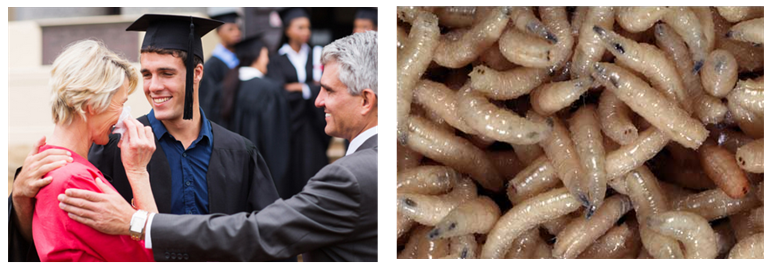William Blake, the 19th Century spiritual mystic observed — “Excess of sorrow laughs. Excess of joy weeps.” Now we know why these seemingly incongruent behaviors make sense in the human body.

How you respond with positive and negative emotions indicates how flexible you are when solving problems.
Recent theories in evolutionary biology suggest that emotions are quick signals for the people around us about what we are thinking. If you see fear or anger on another person’s face you may need to get ready to run. If you see them laugh it may be a good time to ask for a favor.
But emotions have a powerful effect on us. And the more we try not to express them and hold them in, the longer they impact our thoughts and behaviors. So there is an evolutionary advantage to letting them move through us so that we come back to a base line of equanimity and contentment.
New research just out this week shows that people who are most affected by feelings of disgust and fear are more likely to think conservatively and are more likely to hang onto those feelings for a long time. They become fixated on negative feelings.
But the type of people who are more likely to cry when happy events occur are more likely to moderate intense emotions more quickly. They let themselves be moved and then quickly move on.
It is said that there is a time and a place for every behavior and every type of person. When is it more important to be conservative and hold your ground? And when is it important to be flexible and fully feel your emotions? Which comes more naturally to you?
Success comes from having the ability to choose the right behavior to support the results you are intending.
Let me know what you are thinking.
Conservatives tend to have more intense reactions to negative stimuli: http://www.sciencedaily.com/releases/2014/07/140731145935.htm http://spp.sagepub.com/content/3/5/537.abstract
Dimorphous Expressions of Positive Emotion: Displays of Both Care and Aggression in Response to Cute Stimuli, in Psychological Science, a journal of the Association for Psychological Science. Study co-authors include Margaret S. Clark, Rebecca L. Dyer, John A. Bargh, and Oriana R. Aragón of Yale. http://www.telegraph.co.uk/science/science-news/11227082/Why-do-we-cry-tears-of-joy.html

